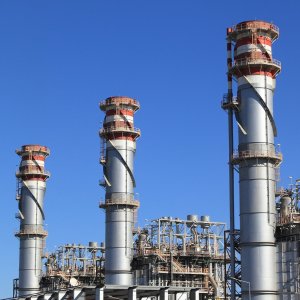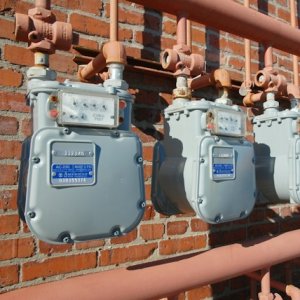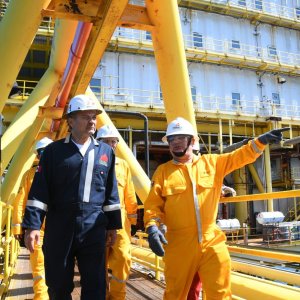
Storage Technology: Essential for the Energy Transition
 By Karin Dilge | Journalist and Industry Analyst -
Tue, 02/28/2023 - 09:16
By Karin Dilge | Journalist and Industry Analyst -
Tue, 02/28/2023 - 09:16
According to the International Energy Agency (IEA), the worldwide energy capacity is expected to expand by 56 percent over the next few years, reaching 270GW by 2026. This growth is expected to be partially boosted by utility-scale batteries, with tax incentives driving the expansion via wide-scale adoption.
The increased demand for renewables and energy storage infrastructure is creating new opportunities for companies in the power production and distribution supply chain. This rise requires new approaches to how this power supply is managed and stored. There is an imminent need for flexible solutions to meet the demands of global grid modernization and energy storage systems.
The current key trends in energy storage are advancement in lithium-Ion battery technology, lithium alternatives, solid-state batteries, advanced thermal energy storage and distributed storage systems.
Advancements in lithium-ion battery technology are at the top of the list of trends in the energy storage domain. Battery Energy Storage Systems (BESSs) could be improved due to their flammable characteristics and sensitivity to high temperatures. These batteries also require overcharge or complete discharge protection. In addition, mining their components implies a huge environmental impact. Hence, companies are seeking to modify lithium-ion batteries to increase their performance and lifetime.
Another trend is to find an alternative to these batteries due to their environmental impact and the difficulty to keep up with the increasing demand for lithium. Zinc-air batteries may be viable due to zinc’s abundant supply, inherent stability and low toxicity. Some other promising battery chemistries are aluminum-ion batteries, magnesium-ion batteries, nickel-zinc batteries and silicon-based batteries.
Another trend is thermal energy storage. Seasonal and short-term seasonal storage is an important means for affordable balance and high shares of variable renewable electricity production. The process of thermal energy storage includes providing heat to the storage system for removal and used later. Solar thermal systems for the most common application for thermal energy storage.
Distributed Storage Systems are a top trend in energy generation because they allow individual facilities to produce energy on-site and retain it for personal needs. What is more, producers are also able to sell the excess energy to the grid. Having one grid increases failure risks during high energy demand periods which is why Distributed Generation is essential.
















